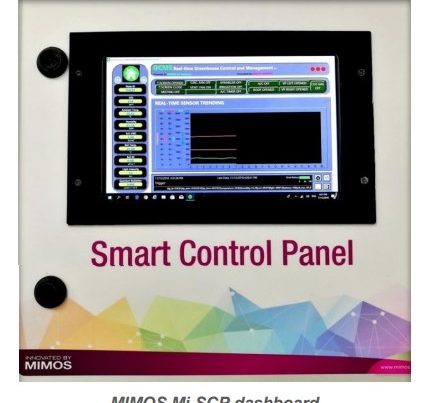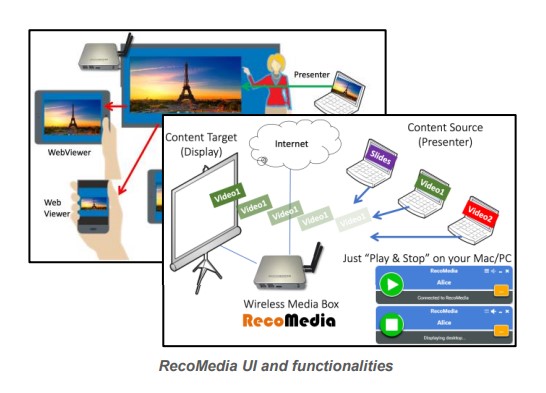Overview
Approximately 25 million hectares of peat swamp forests are found in Southeast Asia. These peat swamp forests provide a home for over 3,000 plant species and also unique animal species especially fishes and dragonflies. However, due to insufficient monitoring and lack of sustainable peat swamp forest management, degradation of the forest happens. Specific for ASEAN region, it is found that drainage, drying and burning of peat swamp forests in ASEAN are estimated to lead to emissions of 2 billion tonnes of CO² per year. It is known that fires in peat soils have been identified as a major contributor to transboundary haze pollution in the region. Drainage and unsustainable management practices have made peat swamp forests vulnerable to fire. These factors have combined to make the degradation of the peat swamp forests of Southeast Asia into one of the most extensive and important land degradation problems in the world. Loss of peat swamp forests will also have a significant social, health and economic impact for the people in the region.
MIMOS Sustainable Peat Forest Management using MIMOS Internet Services of Things (Mi-MIST) enables integration sensors and smart devices in a systematic way for peat swamp forest monitoring, targeting the environmental and agricultural issues. It facilitates IoT deployment
by eliminating the complexity in integrating devices and reduces market entry barriers by reducing high application development. This solution provides technological innovation to deploy, analyse and disseminate information using an IoT-based peat swamp forest monitoring system, especially on sustainability. The widespread usage of smart sensors has transformed the communication network today into a connected web of smart devices and intelligent services. Mi-MIST provides a common Internet of Things (IoT) platform to integrate these devices.
Technology Summary
MIMOS Sustainable Peat Forest Management
A common application enablement platform with integrated services
for automated fire danger rating system for peat forest management
with interconnect smart devices and sensors for rapid deployment.
Features
This solution offers both application developers and service providers an IoT middleware through the following features:
- Broad device and sensor integration
- Configurable visualisation dashboard
- Threshold and action management
- Multiple protocol support for connectivity
- Statistical reporting tool
Technology Benefits
- Automated fire danger rating system by enabling IoT connectivity to avoid peat forest fires in Malaysia
- Enabling forest management community to further understand peat swamp forest ecosystem by analysing the collected microclimate data
- Provides alerts for immediate human interventions
MIMOS Sustainable Pear Forest Management features the following:
Features
- Broad Device and Sensor Integration A device composer integrates and administers devices and sensors from different systems and brands.
- Configurable Visualisation Dashboard A widget-based tool comprising gauges, charts and panels allows accurate layout and visualisation of real-time data-driven alerts from sensors and cameras on a customisable dashboard.
- Threshold and Action Management Data thresholds and actions based on real-time data are managed through a programmable rule engine. Thresholds can be set to trigger alarms or predefined actions.
- Multiple Protocol Support for Connectivity Device connectivity is supported through MQTT and JSON/HTTP standards and is extendable to support other protocols.
- Statistical Reporting Tool
Data from sensors can be visualised through statistical reporting to provide insights for process improvement
Technology Benefits
The motivation of this project is to address the lack of reliable and efficient peat swamp forest data gathering and monitoring initiatives. A more systematic data gathering and monitoring system
can assist in the immediate intervention, especially on the onset of fire triggered from long drought. The long term data gathered from the system will also give researchers a good understanding of the peat swamp ecosystem to enable them to devise a more systematic and sustainable peat swamp forest management in the future.
Currently, peat swamp forest monitoring is performed manually by the authorities or by reports from the villagers. A more reliable and efficient real-time remote monitoring can be achieved by way of an IoT-based system monitoring in the peat swamp forest areas. The sensory information from the sites is relayed back to a control centre through the clouds for data analytics and early warning purposes.





